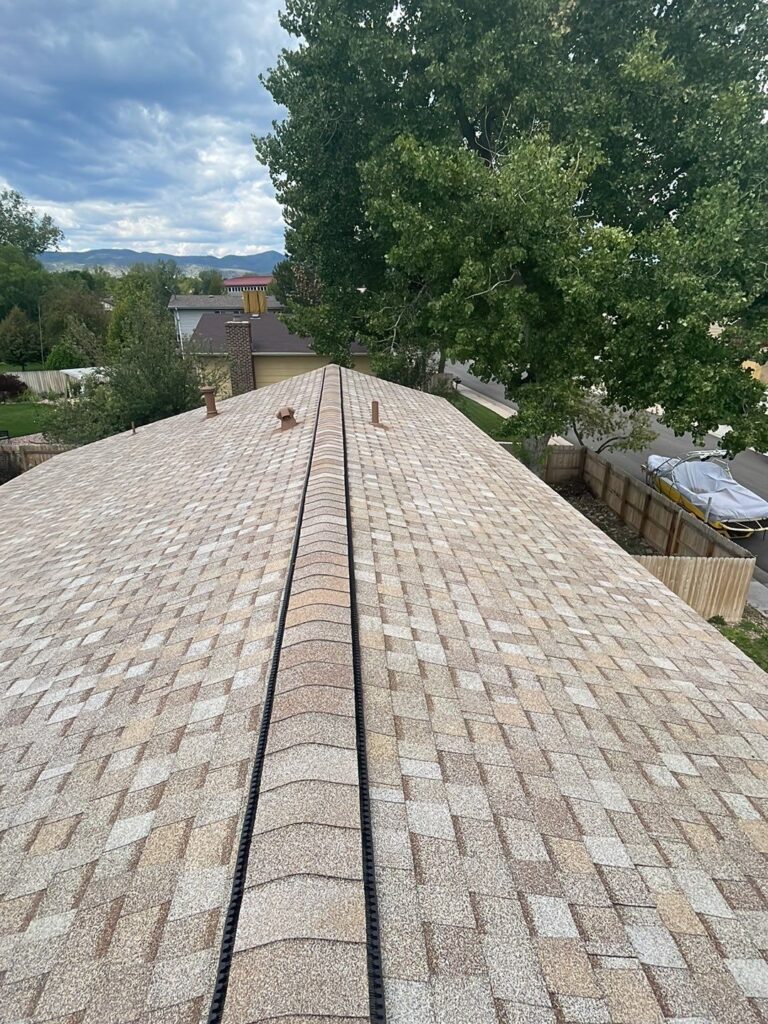
A roof inspection is more than just a routine check—it is a critical process that safeguards homes, extends the lifespan of roofing systems, and prevents costly damage. Understanding its goals helps property owners make informed decisions about ongoing maintenance and necessary repairs.
Detecting Roof Damage
The primary purpose of a roof inspection is to identify visible and hidden damage. Inspectors look for cracked or missing shingles, punctures, nail pops, deteriorating flashing, and water infiltration. Catching these issues early prevents small problems from escalating into structural failures or expensive repairs.
Evaluating Maintenance Needs
Inspections also reveal when routine upkeep is necessary. This may include cleaning clogged gutters, removing debris, resealing flashing, or addressing moss and algae growth. Proactive maintenance reduces the risk of leaks and keeps the roof performing effectively year-round.
Ensuring Weather Resistance
A key part of the process is verifying that the roof can withstand environmental stressors. Roofers examine the system’s ability to handle heavy rains, snow, hail, and wind. Proper weatherproofing protects the interior of the home and prevents insulation or drywall damage caused by water intrusion.
Assessing Longevity and Planning Ahead
Roof inspections provide valuable insights into how long a roofing system is expected to last. By evaluating wear and tear, homeowners can anticipate future repairs or replacements. This foresight helps with budgeting and ensures there are no surprises when it comes to major roofing expenses.
Components Reviewed During an Inspection
Professional roofers assess every part of the roofing system, including:
- Shingles or tiles
- Flashing and drip edges
- Gutters and downspouts
- Attic ventilation and insulation
- Ridge vents and penetrations
- Underlayment and sheathing
This comprehensive approach ensures that the roof functions as an integrated system rather than isolated components.
Common Problems Uncovered
Inspections often reveal issues like blocked gutters, poor ventilation, corroded flashing, and depressions around vent pipes that collect water. Identifying these vulnerabilities early protects against mold growth, leaks, and premature roof failure.
Professional vs. DIY Roof Inspections
While homeowners can perform basic visual checks from the ground, professional inspections deliver accuracy and safety. Certified Denver roofers have the expertise and tools to detect subtle warning signs, document conditions, and recommend targeted repairs. Their evaluation minimizes risks and ensures long-term protection.
Scheduling Roof Inspections
The best times to schedule roof inspections are in spring and fall, after seasonal extremes of heat, snow, or storms. Additional checks are recommended following severe weather events like hail or windstorms. Consistent evaluations ensure small issues are corrected before they lead to significant damage.
Professional Roofing in Denver, Colorado
For homeowners in Colorado, professional guidance is vital due to the city’s unique climate challenges. Tried and True Roofing provides expert inspections and maintenance services, helping homeowners extend the lifespan of their roofs and maintain property value with confidence.
Conclusion
The overall goal of a roof inspection is to ensure safety, durability, and cost savings. By detecting damage early, confirming weather readiness, and guiding long-term maintenance, inspections protect both homes and homeowners. Regularly scheduled professional inspections are the foundation of a reliable, long-lasting roofing system.